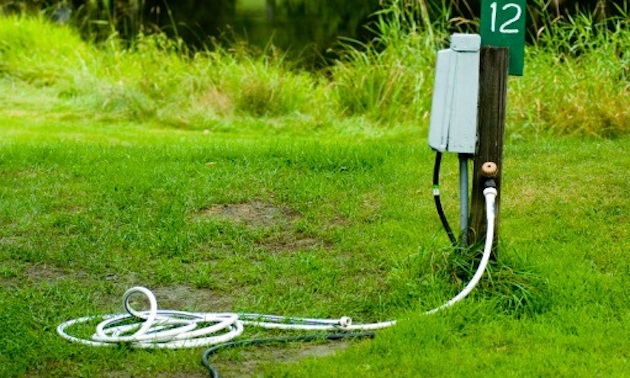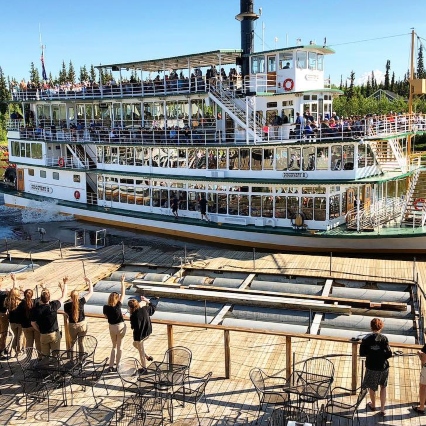Call of the desert
This is the setting for almost every old cowboy movie I’ve seen
In my imagination, I watched the cowboy ride along the dusty trail across the barren desolate flatland. The only sign of possible life was the scraggly bushes and the occasional cactus scattered over the landscape. The dust made them look like old sculptures placed there to break up the sameness of dreary, desolate land and made them look even more dead and dried out.
Off in the distance craggy rocks and dirt rise up from the ground like someone has dug a huge trench and piled the earth and rocks along the sides to keep out any semblance of moisture. Above the colourless landscape, the sun beats down from an endless intensely blue sky that is only interrupted by light wispy clouds.
And the Desert Calls…
That was then, this is now. The more time you spend on the desert, the stronger the pull to explore and uncover its mysteries. Nothing is what you expect or where you expect it to be and throughout time, people have wandered the deserts looking for their own brands of treasures.
Boondocking
Trailers and motorhomes are parked everywhere in the desert—some in groups and some on their own. The U.S. Bureau of Land Management (BLM) has what they call visitor areas throughout the Southwest where hundreds (and sometimes thousands) of RVs park. They have 14-day free areas and they have long-term areas that cost $40 for two weeks or $180 for the whole season. There are relatively few (if any) services in these areas. Only one long-term area (out of almost a dozen designated areas around Quartzsite) has a place where you can get rid of your garbage, dump your waste water tanks, and get fresh water. Yes, Virginia, you are dry camping, boondocking, primitive camping or whatever you want to call it but definitely camping with no power lines, sewer hook-ups or water taps.
It isn’t as uncivilized as it might sound because modern-day RVs with their solar panels collecting power from the sun, 1,000- to 4,000-watt generators and larger capacity holding tanks allow for a reasonably comfortable time. When your tanks are full or you need water or propane, most RVers go and get what they need (or need to do) and there are special places (for example, the Pit Stop in Quartzsite) that are all set up to provide these services. There are also honey wagons that will come out to the desert to empty your tanks and provide propane or water.
Why would people want to stay out there in the desert with no services? I went around and asked folks that question. Sure, the money is an attraction but as you look at the rigs, you realize that few of them are in dire financial need. As a fellow from Montana said, “I stay out here cuz I’m not crushed into a little space where I can’t even walk between me and the guy next door. Out here I have space—I can spread out, work on my rig and get help from my neighbour if I want it. And there ain’t so many rules.”
Geocaching
Geocaching has become a popular pastime and has escalated even more with the advent of the hand-held GPS. Geocaching is an outdoor treasure-hunt usually done on four-wheelers or ATVs where a group of weekend warriors go out into the desert and hills to find the chosen caches. The clues come from an Internet forum they belong to and usually include GPS co-ordinates. Each cache is typically a small waterproof container with a log book (to record that you have been there), a trinket of some kind and clues to the next cache.
The fun only continues after they all meet at a place like Nellie’s Desert Bar to discuss the triumphs and tribulations of the day.
Nellie’s Desert Bar
Desert people tend to be quite unique and come up with some crazy ideas. About five miles north of Parker, Arizona (just about at Parker Dam) on Arizona State Highway 95 there is an obscure road that goes off into the Buckskin Mountains. The road looks like what it is, an old negelected mining road BUT if you follow the trail for about eight miles you will come to Nellie’s Desert Bar.
Now, the Nellie E Saloon is built on an abandoned mining camp site. The entire place is off the grid—that is, it is run entirely by solar power and is only open on the weekends.
Nellie’s Bar is a popular place for four-wheeler groups—the modern day cowboys—to meet after their outings to explore the hills—just like the old-time cowboys would meet in the saloons in the Old West.
Ken, the owner, must have been a welder—there are metal sculptures all over the place and the church that sits on the other side of the parking lot is all fabricated from metal.
The Nellie E Saloon is only open on the weekends when they have live music playing. It is well worth the trip.
Mud Volcanoes
“You gotta see these,” is what George said when we went to visit him and Gaylene at the hot springs near Holtville, in the Imperial Valley of California. He was talking about the mud domes or volcanoes they found on a back road (Schrimpf Road) between Calipatria and Niland, California.
If the desert people are unique, so are the strange natural phenomena you encounter in the desert. The hot springs, for example, are natural hot water that is used in a local power generator and then piped to pools that are maintained by the local people and the snowbirds. Gaylene will certainly attest to the soothing powers of the waters and everyone carries a couple of gallon jugs back to their RVs to wash dishes.
Anyway, the Salton Sea mud domes or mud volcanoes are at the Davis-Schrimpf field near the Salton Sea in the Imperial Valley, less that a two-hour drive from Yuma, Arizona. The story goes that this had been a cultivated field five years ago. When the mud pots started to appear, they cleared off the top-soil and just let them go.
Mud volcanoes are geothermal formations which produce bubbling pots of mud and carbon dioxide gases escaping from beneath the surface crust. They don’t seem to know much about how they’re formed or why they happen but they are fascinating. The slurry that erupts from the domes is quite cool and they say the temperature of each mud pot is different.
Well, we’ve been coming to the desert for almost eight years now and still manage to find new and interesting things to see and do. Like I said: “The more time you spend on the desert: the stronger the pull to explore and uncover its mysteries. Nothing is what you expect or where you expect it to be.”








